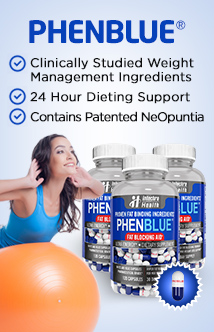PMS Diet
- Reviews
- Hits: 1382
The correct diet can help to alleviate the symptoms of premenstrual syndrome (PMS), such as bloating, sore breasts, headaches, stomach ache and irritability.
Foods to Include in a PMS Diet
Fruit - In particular melons, bananas and citrus fruits like oranges, grapefruit and lemons, which are high in potassium. Potassium rich foods help balance sodium and water retention.
Vegetables - All vegetables are good diuretics, but in particular celery, cucumber, lettuce, watercress, tomatoes, onions, carrots and bell peppers. Herbs like parsley are also good.
Oily Fish - Rich in omega-3 essential fatty acids. Choose salmon, mackerel, sardines, herring, tuna and trout.
Nuts and Seeds - Rich in omega-3 essential fatty acids. Choose unsalted nuts, like walnuts, brazil nuts and almonds, and seeds like sunflower, linseeds and pumpkin seeds.
Pulses and Grains - Including lentils, brown rice, bulgur wheat, whole grains, wheatgerm.
Foods to Reduce or Avoid in a PMS Diet
High Sodium/Salt Foods - All foods high in sodium (salty foods), like processed frozen entrees and processed cold cuts, foods canned in salted water, salted nuts, ketchups, package sauce mixes, processed cheese, margarine and butter. Use a range of fresh herbs for flavor in place of sodium.
Alcohol - Instead drink lots of water, diluted fruit juice, vegetable juice, fat-free milk, herbal teas like fennel, dandeloin and green tea.
Caffeine - Including colas. Drink only small amounts decaffinated tea and coffee, instead drink more water, freshly squeezed fruit and vegetable juice, and herbal teas like fennel, nettle, dandeloin and green tea.
Sugar - Soft drinks, cookies, ice-cream, sugar-coated breakfast cereals, syrups and jelly.
Two-Day PMS Diet Plan
For an example PMS diet plan see PMS Diet Plan.














